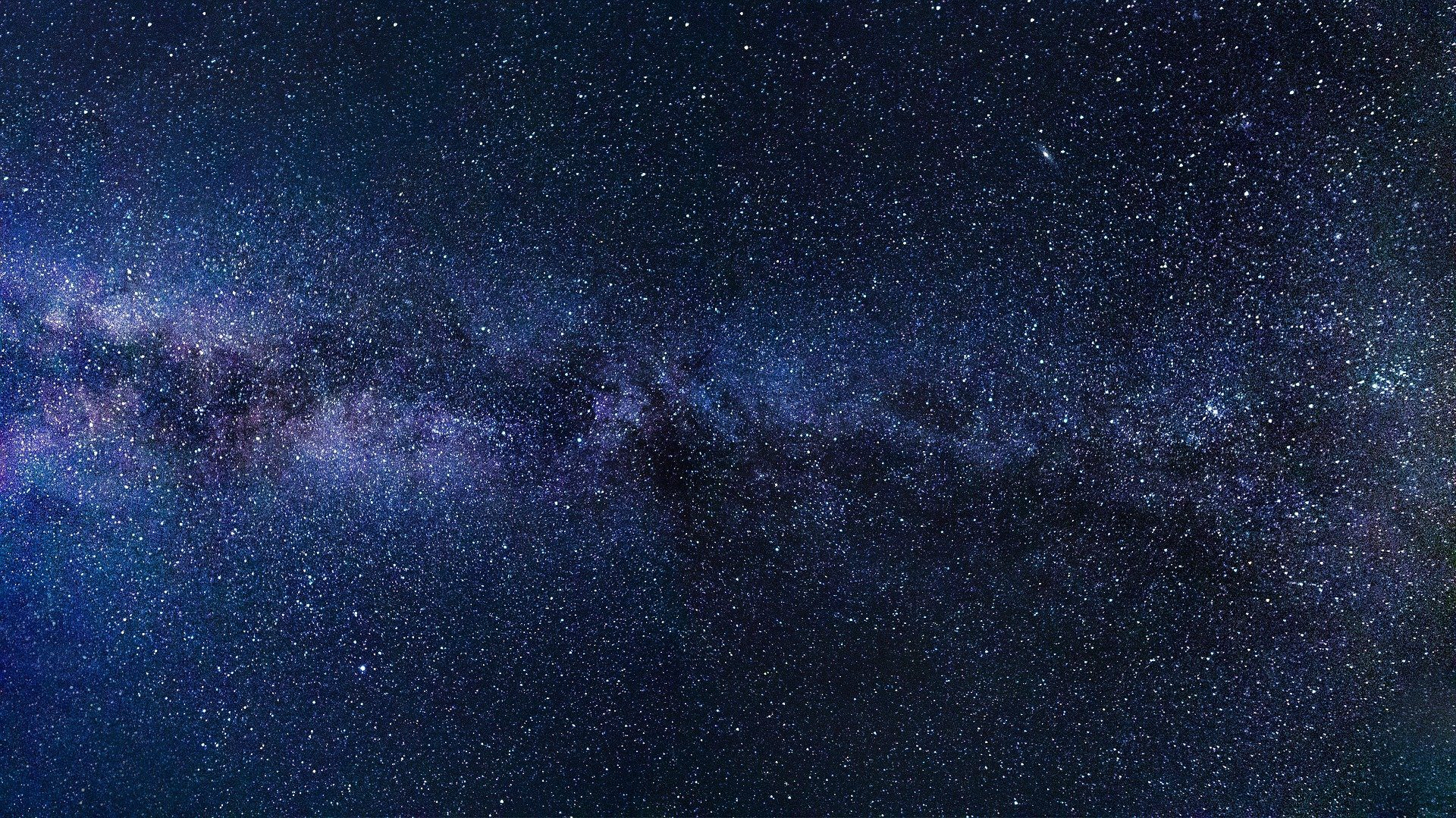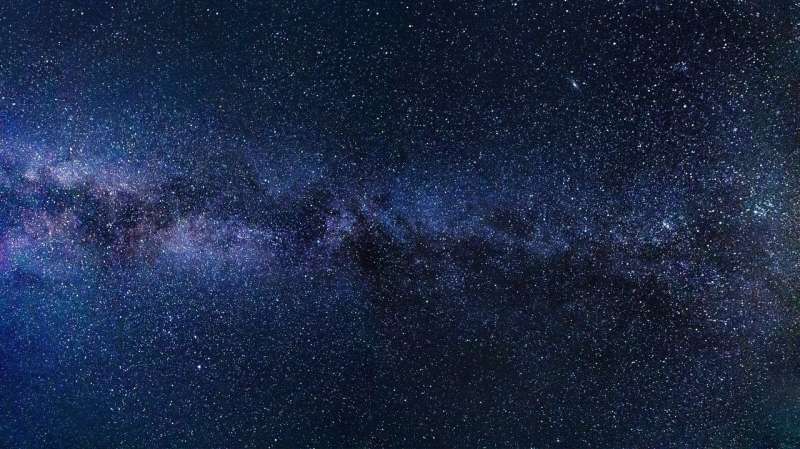

An astounding event linked to a neutrino with an energy level of approximately 220 PeV (220 x 1015 electron volts) was recorded on February 13, 2023, by the ARCA detector as part of the Kilometer Cube Neutrino Telescope (KM3NeT) situated deep underwater.
This remarkable event, designated KM3-230213A, represents the highest energy neutrino detected to date, offering compelling proof that such incredibly high-energy neutrinos are generated throughout the universe. Following extensive analysis and careful interpretation of the experimental data, the international research team associated with KM3NeT has shared findings in a recent article published in Nature here.
The observed event was characterized by a single muon that traversed the entire detector, activating signals in over one-third of the device’s active sensors. The angle of its trajectory combined with its extraordinary energy strongly suggests that the muon resulted from a cosmic neutrino interacting in proximity to the detector.
Paschal Coyle, KM3NeT’s Spokesperson at the time of detection and researcher at the CNRS National Center for Scientific Research in Marseille, France, commented, “KM3NeT has embarked on exploring a range of energy levels and sensitivities where detected neutrinos may arise from extreme astrophysical events. This unprecedented observation of a neutrino with energy in the hundreds of PeV marks a significant milestone in neutrino astronomy, providing a new observational perspective on the universe.”
The high-energy universe is home to dramatic events such as accreting supermassive black holes at galaxy centers, supernovae, and gamma-ray bursts, all of which remain partially understood. These powerful cosmic engines generate streams of particles known as cosmic rays.
Some cosmic rays can interact with surrounding matter or photons to create neutrinos and other high-energy photons. During their journey across the cosmos, exceptionally energetic cosmic rays may engage with cosmic microwave background radiation photons, resulting in extremely energetic “cosmogenic” neutrinos.
According to Rosa Coniglione, KM3NeT’s Deputy-Spokesperson and researcher at INFN National Institute for Nuclear Physics in Italy, “Neutrinos are among the most enigmatic elementary particles, lacking electric charge, possessing negligible mass, and interacting weakly with matter. They serve as unique cosmic messengers, shedding light on the mechanisms behind the most energetic phenomena and enabling us to explore the farthest corners of the universe.”
Despite being the second most abundant particles in the universe after photons, neutrinos are incredibly challenging to detect due to their weak interaction with matter, necessitating enormous detectors.
The KM3NeT neutrino telescope, currently in development, consists of a massive deep-sea structure comprising two detectors: ARCA and ORCA. Ultimately, the KM3NeT will cover a volume exceeding one cubic kilometer.
Employing seawater as the medium for neutrino interactions, KM3NeT’s advanced optical modules capture Cherenkov light—a bluish glow produced as ultra-relativistic particles travel through water during neutrino interactions.
Aart Heijboer, KM3NeT’s Physics and Software Manager at the time of detection and researcher at Nikhef National Institute for Subatomic Physics in the Netherlands, remarked, “Accurately determining the direction and energy of this neutrino necessitated precise calibration of the telescope along with advanced track reconstruction algorithms. Remarkably, this detection was made using only a fraction of the detector’s final configuration, highlighting the significant potential of our experiment for neutrino studies and astronomy.”
The KM3NeT/ARCA (Astroparticle Research with Cosmics in the Abyss) detector primarily focuses on investigating the highest energy neutrinos and their cosmic sources. Positioned at a depth of 3,450 meters, about 80 km off the coast of Portopalo di Capo Passero in Sicily, its detection units stand 700 meters tall, anchored to the seabed, spaced roughly 100 meters apart.
Each Detection Unit (DU) is fitted with 18 Digital Optical Modules (DOM), each containing 31 photomultipliers (PMTs). When fully operational, ARCA will consist of 230 DUs. Data collected are then relayed through a submarine cable to the shore station at the INFN Laboratori Nazionali del Sud.
On the other hand, the KM3NeT/ORCA (Oscillation Research with Cosmics in the Abyss) detector is specifically designed to explore the intrinsic properties of neutrinos. It operates at a depth of 2,450 meters, located about 40 km from the coast of Toulon, France, and will consist of 115 DUs, each 200 meters high and spaced 20 meters apart. The data obtained by ORCA are sent to the shore station in La Seyne Sur Mer.
According to Miles Lindsey Clark, KM3NeT’s Technical Project Manager during the detection and research engineer at CNRS—Astroparticle and Cosmology laboratory in France, “The ambitious scale of KM3NeT, which will eventually encompass around one cubic kilometer and involve approximately 200,000 photomultipliers, combined with its unique location in the depths of the Mediterranean Sea, exemplifies the incredible endeavors necessary to enhance neutrino astronomy and particle physics.”
He further added, “The detection of this event resulted from collaborative efforts among a multitude of international teams of engineers, technicians, and scientists.”
While this ultra-high energy neutrino might stem from a potent cosmic accelerator, it could also represent the first observation of a cosmogenic neutrino, but establishing the precise origin based on this single detection proves challenging.
Future observations aim to identify additional events to gain deeper insights. The ongoing expansion of KM3NeT, featuring more detection units and data acquisition, will augment its sensitivity and enhance its ability to locate cosmic neutrino origins, solidifying its status as a key player in multi-messenger astronomy.
The KM3NeT Collaboration comprises over 360 scientists, engineers, technicians, and students from 68 institutions across 21 countries, united in their pursuit of knowledge.
For further information:
The KM3NeT Collaboration, “Observation of an ultra-high-energy cosmic neutrino with KM3NeT,” Nature (2025). DOI: 10.1038/s41586-024-08543-1. www.nature.com/articles/s41586-024-08543-1.









